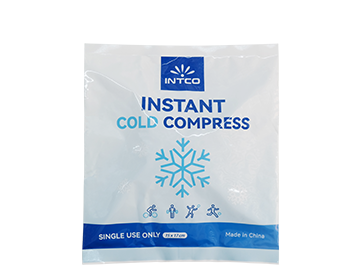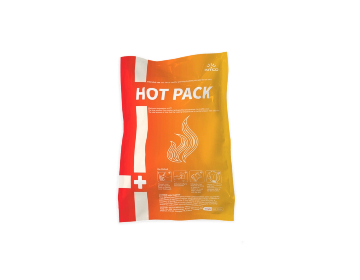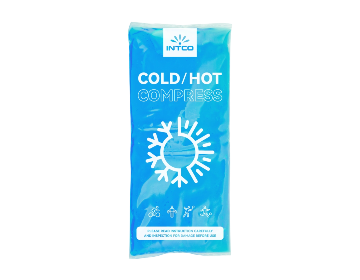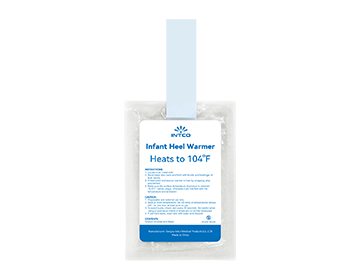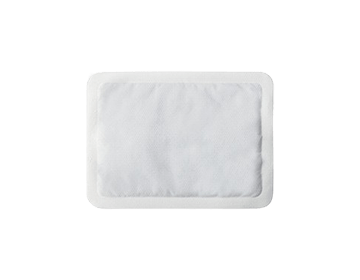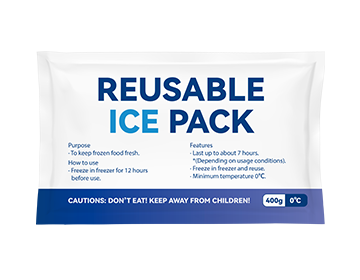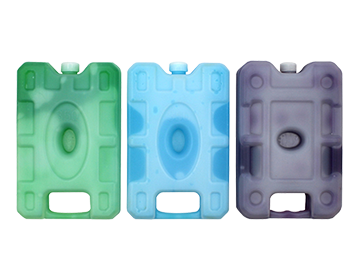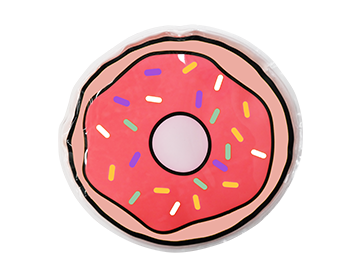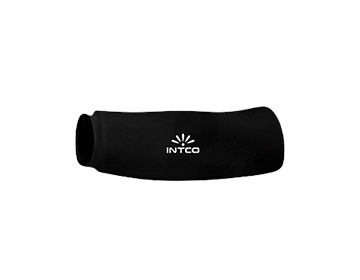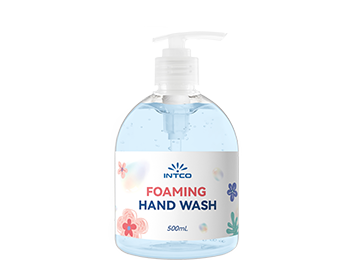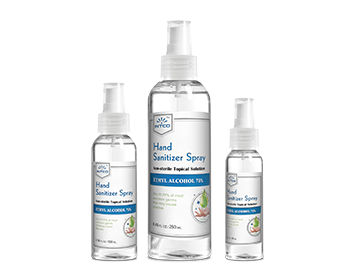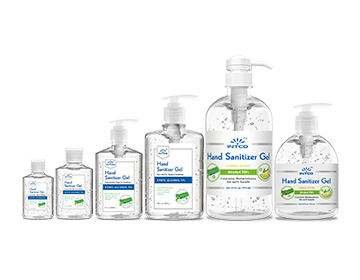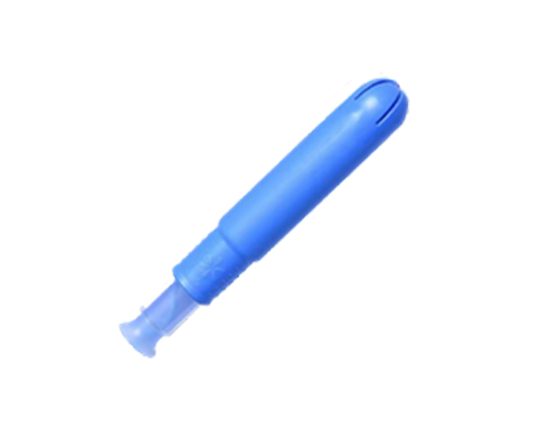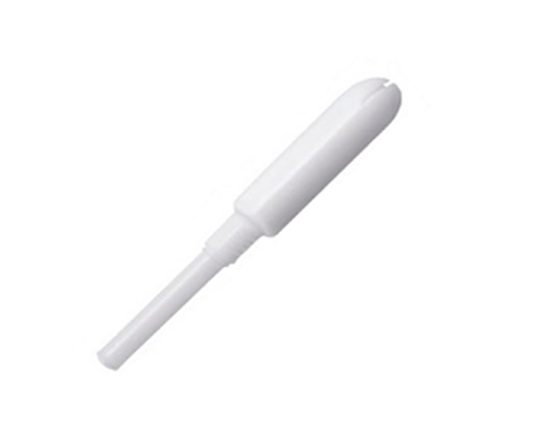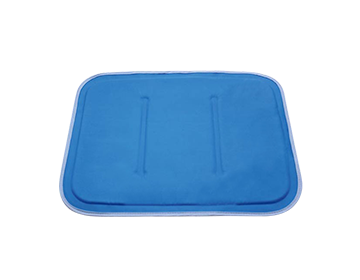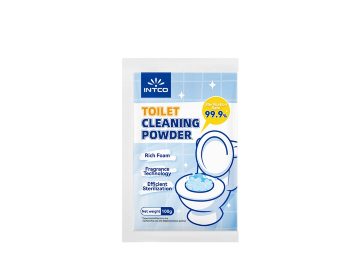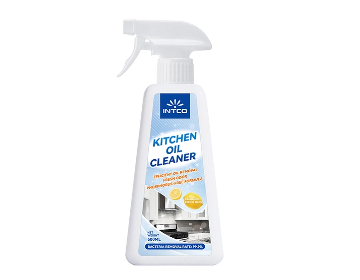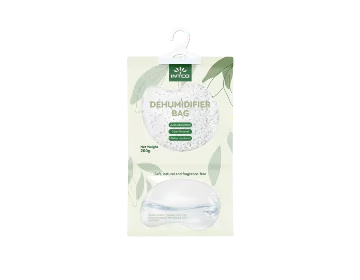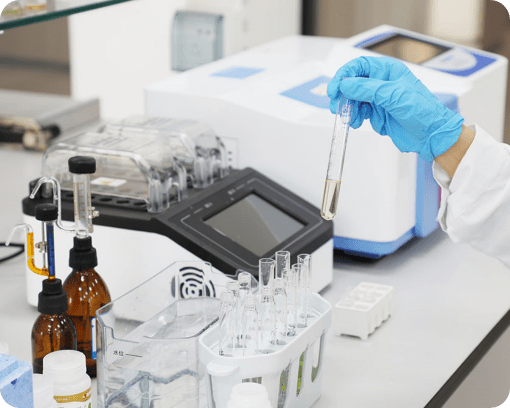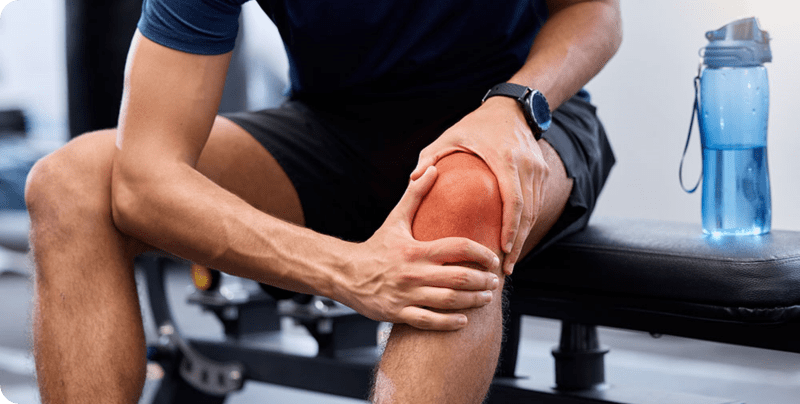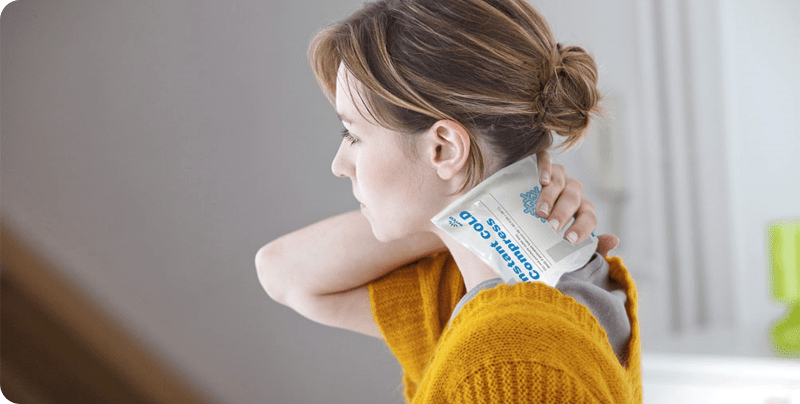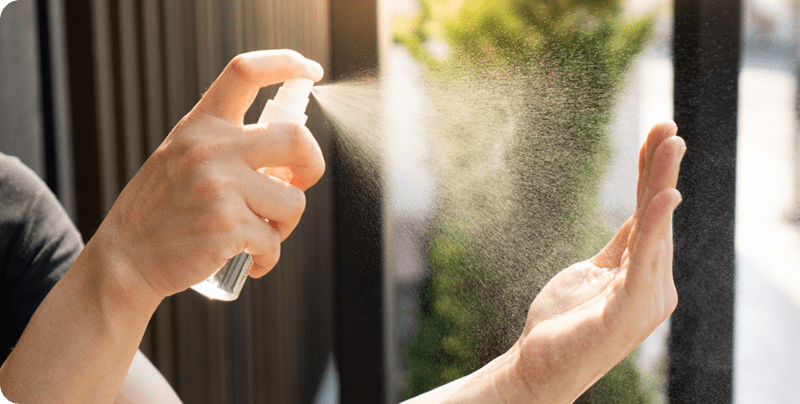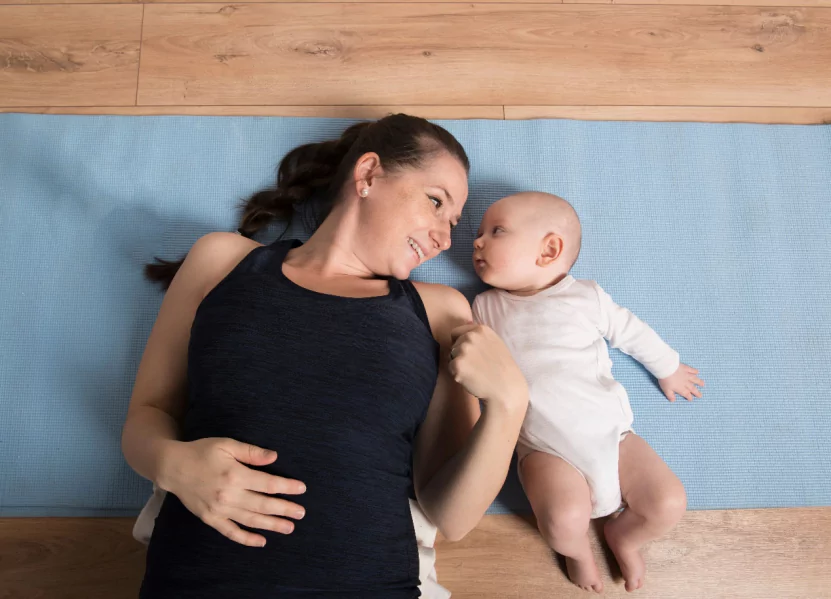Perineal Ice Packs: How They Support Postpartum Recovery
Childbirth is one of the most transformative experiences in a woman’s life—but it can also bring significant physical discomfort. Swelling, bruising, tearing, and soreness in the perineal area are common after vaginal birth. To ease these symptoms, many healthcare professionals recommend perineal ice packs as part of postpartum recovery.
In this article, we explore the science behind perineal cold therapy, how it benefits postpartum healing, and the best ways to use it safely and effectively.
Understanding Perineal Cold Therapy
What Happens to the Perineum After Birth
During vaginal delivery, the perineal tissues stretch significantly, sometimes leading to microtears or episiotomies. This trauma often results in inflammation and pain. According to the American College of Obstetricians and Gynecologists (ACOG), swelling typically peaks within the first 48 hours postpartum.
Applying cold therapy to this area can dramatically relieve discomfort by reducing inflammation and numbing nerve endings—helping new mothers find comfort during those crucial early days of recovery.
The Science of Cooling
Cold application constricts blood vessels, a process known as vasoconstriction, which reduces blood flow to the area and minimizes tissue swelling. It also slows the transmission of pain signals to the brain, providing a natural analgesic effect.
As noted by the Cleveland Clinic, localized cryotherapy is one of the safest and most effective methods for immediate relief from soft tissue pain and inflammation.
Evidence from Clinical Research
Proven Benefits in Postpartum Care
Multiple studies have demonstrated that cold therapy effectively alleviates perineal pain following vaginal delivery.
A randomized clinical trial reported in the Journal of Obstetric, Gynecologic & Neonatal Nursing found that women who used perineal ice packs within the first 24 hours after childbirth experienced significantly lower pain levels than those who received standard care.
Similarly, researchers at Johns Hopkins Medicine found that targeted perineal cryotherapy reduced discomfort and improved postpartum comfort scores within two days of delivery.
Non-Pharmacological Relief
Perineal ice packs offer an alternative to medications, particularly for women who prefer drug-free pain relief during breastfeeding. Since cold therapy has no systemic effects, it poses no risk to the infant and complements natural healing processes.
How to Use Perineal Ice Packs Safely
When to Start
Experts recommend starting cold therapy as soon as possible after birth, ideally within the first few hours.
The Mayo Clinic suggests applying an ice pack intermittently—about 10 to 20 minutes per session—to prevent tissue damage or frostbite.
Frequency and Duration
Perineal ice packs can be applied every 1–2 hours for the first 48–72 hours postpartum. After the acute swelling phase passes, some women continue to use them once or twice daily for comfort.
|
Parameter |
Recommended Practice |
|
Application Time |
10–20 minutes per session |
|
Frequency |
Every 1–2 hours as needed |
|
Duration of Use |
Up to 72 hours postpartum |
|
Barrier Required |
Yes (thin cloth or sleeve) |
Hygiene and Safety
Because the perineum is healing, maintaining hygiene is critical. Always wash your hands before and after use, and never apply an unclean or shared ice pack. For reusable packs, sanitize them after each use.
Do not apply directly on open wounds; always use a soft cloth barrier to protect the skin.
Benefits of Using Perineal Ice Packs
Key Physical Benefits
· Reduces Swelling and Inflammation: Cold therapy helps constrict blood vessels and limit fluid accumulation.
· Alleviates Pain: The cooling effect numbs the area, easing soreness and stinging sensations.
· Speeds Healing: By reducing inflammation, ice packs allow tissues to heal more efficiently.
· Improves Comfort and Rest: Less discomfort enables better rest and mobility during postpartum recovery.
Psychological Comfort
Beyond physical benefits, mothers often describe a psychological sense of relief and relaxation when using cooling therapy. This contributes to overall postpartum well-being, especially when paired with emotional support and rest.
Choosing the Right Perineal Ice Pack
Design and Material
Modern perineal ice packs are ergonomically shaped to fit comfortably and securely against the body. Medical-grade gel beads or polymer gels allow flexibility even when frozen, providing even cooling without stiffness.
Reusable gel bead packs are ideal for home use, while instant cold packs are convenient for hospital settings or travel. Many hospitals now offer disposable perineal cold packs integrated into maternity pads for ease and hygiene.
Reusable vs. Disposable
|
Type |
Advantages |
Ideal Use |
|
Reusable Gel Bead Pack |
Eco-friendly, cost-effective, flexible |
Home recovery, long-term use |
|
Disposable Instant Pack |
Convenient, sterile, no freezing required |
Hospitals, on-the-go, one-time use |
Integrating Ice Therapy into Postpartum Recovery
Combining Cold and Warm Therapy
After the first 48–72 hours, some healthcare professionals recommend alternating between cold and warm sitz baths to promote blood flow and healing.
Cold therapy reduces acute inflammation, while warm therapy encourages circulation and tissue repair.
When to Consult a Doctor
If pain persists beyond a few days, or if you notice signs of infection (redness, fever, discharge), consult your doctor. Persistent or worsening symptoms may indicate complications requiring medical attention.
The Role of Healthcare Providers
Midwives, obstetric nurses, and physical therapists frequently teach new mothers how to apply perineal ice packs properly. According to Women’s Health Physiotherapy Association experts, incorporating localized cooling as part of a holistic postpartum care plan supports natural recovery and patient comfort without side effects.
The INTCO Medical Advantage
As a leading global manufacturer of cold therapy solutions, INTCO Medical provides high-quality, medical-grade perineal ice packs designed for postpartum comfort and clinical use.
Our OEM and ODM services support maternity brands, hospitals, and distributors worldwide, delivering reliable cooling technology that helps women recover with confidence and comfort.
With advanced gel technology, ergonomic design, and rigorous quality control, INTCO Medical continues to enhance postpartum recovery experiences for mothers around the world.
FAQ
Q1: Can I use a perineal ice pack immediately after giving birth?
Yes. Most healthcare providers encourage cold therapy as soon as possible after vaginal birth, especially within the first 24 hours.
Q2: How long should I keep the ice pack on?
Apply for 10–20 minutes per session, then rest before reapplying.
Q3: Are perineal ice packs safe if I have stitches?
Yes, cold therapy is safe for sutured areas as long as you use a clean pack with a barrier.
Q4: How often can I use it?
You can reapply every 1–2 hours as needed during the first 48–72 hours postpartum.
Q5: Do ice packs delay healing?
No, when used properly, they support healing by minimizing swelling and reducing tissue strain.

